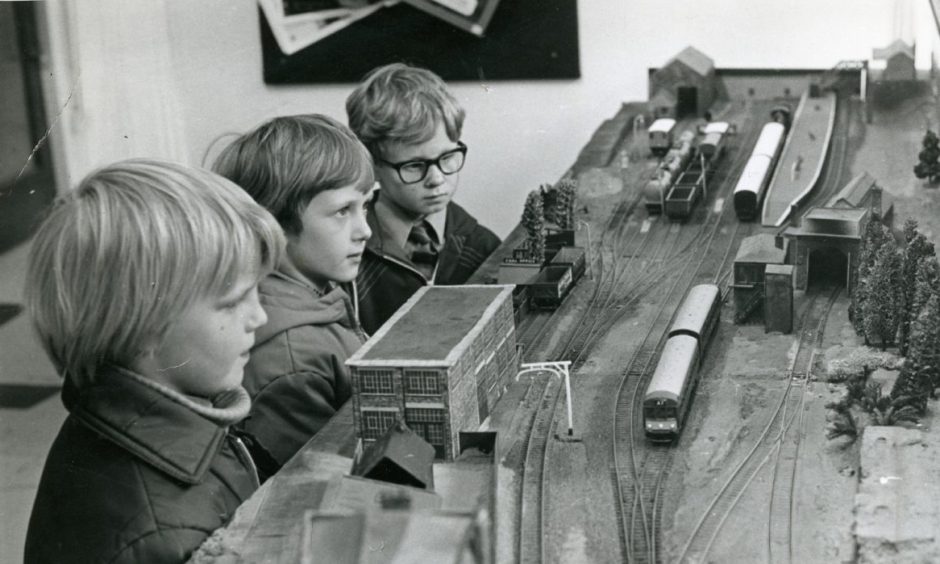
Tiny trains have been chugging along tracks put together by enthusiasts at Dundee Model Railway Club for 75 years.
Dundee Model Railway Club – DMRC – has been fostering a love for railways and miniature craftsmanship among enthusiasts of all ages since 1949.
DMRC was officially formed by members from Dundee Society of Model Engineers who were more interested in re-creating the railway world in miniature.
The first meeting was in rooms at the YMCA in Constitution Road.
It was an education for beginners who had previously only seen table top train sets.
Model railways were in their infancy and required some ingenuity and creativity at a time when enthusiasts had little selection of materials to choose from.
Here they were shown buildings and scenery which were all built from scratch.
Locomotives would be “weathered” to give a more realistic appearance.
Jock Murray was among the early members
Among the founding members was Jock Murray, who spent years working as a fitter on the giant locomotives at Tay Bridge Shed, which dominated the steam era.
All sorts of everyday domestic items were pressed into service.
Jock’s trackside trees began life as lengths of electrical wire, which were stripped, fanned out, covered with plaster and painted.
A stone effect on tunnel mouths was produced by burning patterns into the plywood.
Members were resourceful and wanted to ensure their model layouts mirrored reality.
Although not always with success in those early days.
One particular member used poppy seed as ballast on the layout and overnight the resident mice ate it and left their own personal gravel on the tracks.
DMRC held an exhibition in the Sea Cadets Hall in Dock Street in October 1951.
A big attraction was a large scale model railway which was seen by 15,000 people at Dundee’s Own Exhibition at the Caird Hall.
The club progressed from just a place to play trains to a proper club.
DMRC lived a nomadic existence and moved premises several times including the attic of a shop, the Scout Hall in Graham Street and the basement of a toy shop.
They settled in Dudhope Castle which was spacious but not without snags.
The only way to access the clubroom was up three flights of circular stone stairs.
Not helpful with large layouts!
Why was Dundee Model Railway Club facing eviction in 1982?
In 1982 the club was required to find a new home.
Dundee Corporation owned the castle and felt it was ready to fall down.
They packed up and moved to a converted shop unit in Huntly Square in Craigie.
The club has been there ever since.
Also, Dudhope Castle, like London Bridge, never did fall down.
DMRC regularly exhibited both locally and across Scotland in the 1980s.
Douglas Smith was 17 in March 1987 when he became the toast of the club at the 21st annual exhibition of the Association of Model Railway Societies in Scotland.
His huge working model of Brechin Station won first prize in the youth section.
The Courier said: “The model was three years in the making, and it shows.
“Painstaking research – including countless trips to the station itself – plus months of loving attention, with the tiniest of paint and glue brushes, have resulted in a scale model of astonishing detail.
“From the brickwork on the signal box to the coal dust by the side of the track, the station is exactly as it appeared to travellers between 1940 and 1960 with a host of rolling-stock, shunts and points, all in perfect working order.”
The annual exhibition at the Marryat Hall became an unmissable date in the calendar.
How to turn trousers into ploughed fields
Dundee’s link with the French city of Orleans brought Entente Cordiale from 1990.
The members of the Association des Modélistes Ferroviaires du Centre began visiting and were soon bringing across their own layouts to display.
In 1996 the layouts included a large model of Leslie Station in Fife and exhibition secretary Alistair Langlands explained getting a more authentic look.
“Anybody can put a bit of rolling stock on a track,” he said.
“We have used straw type grass to create a sense of scrubland in autumn.
“The trees are made from wire rope, pan scourers and liquid glue and painted – we’ve even added a dead tree which has fallen over.”
They were resourceful with old corduroy trousers turned into ploughed fields and lint dressings being used to create willow herb and scrubland.
Authenticity mattered.
The model buses on the roadways alongside the tracks would have the correct livery and a destination blind and route number – just like the real thing.
Club members are aged from 15 to 83
The event at the Marryat Hall continued to grow.
It was Scotland’s largest model railway exhibition in 1999 with 30 layouts.
The event moved to Dundee International Sports Centre (DISC) in the noughties and drew crowds of 2,500 visitors.
Fast forward to the present-day and DMRC currently has 23 members aged 15-83 who work from the large layout room and workshop area at 2-4 Huntly Square.
Members are male and female.
Oldest member is John Summers and the youngest is Arran Newton.
On a Friday night it is a hive of activity with people being busy and chatting away.
Chairman Paul Smith said they are very proud to be celebrating 75 years.
“We are one of the oldest clubs in the UK,” he told me.
“There have been many clubs that just ether folded or blended with other clubs.
“Sadly the pandemic was for some the final nail in the track bed.
“Our longevity is difficult to pin down – we are able to attract new members.
“All of our members are encouraged to get involved in all aspects of railway modelling – that includes woodworking, wiring as well as the scenic stuff and experiencing the pride of displaying their own layouts.
“We do have a social side to the club, having meals out and quizzes where there is much laughter.”
How to build the perfect model railway?
“One of the things members have said is that whilst you are model building and detailing, you have to slow right down, control your breathing and focus,” said Paul.
“You can get really get lost in time and it can be quite meditative.
“Typically our layouts can take up to four years and 4,000 hours to create.”
Paul said model railways have evolved so much since the early days of a boxed track set and loco that went round and round the floor as a Christmas present.
“Now there are kits available in all shapes and sizes; 3D printing; and computer chips which produce sound, movement and multiple control,” he said.
“There is still the place for scratch building – no company yet has created a model of Arbroath Station – but we have!”
Recently, the club produced a layout of Lochee Station from 1950 showing the area linking the railway station with Camperdown Works.
They worked from grainy photos, maps and local knowledge.
Paul said: “This created a lot of discussion with visitors to the club’s exhibition.
“One lady who actually lived in one of the houses shown on it asked if there was a reason for the layout to be modelled on a Monday?”
“She was asked why she thought it was a Monday?
“She replied: ‘Because there’s washing on my mum’s line!'”
- DMRC celebrates turning 75 at its annual exhibition at Ardler Community Complex on Saturday and Sunday, October 19 and 20 from 10am-4.30pm.
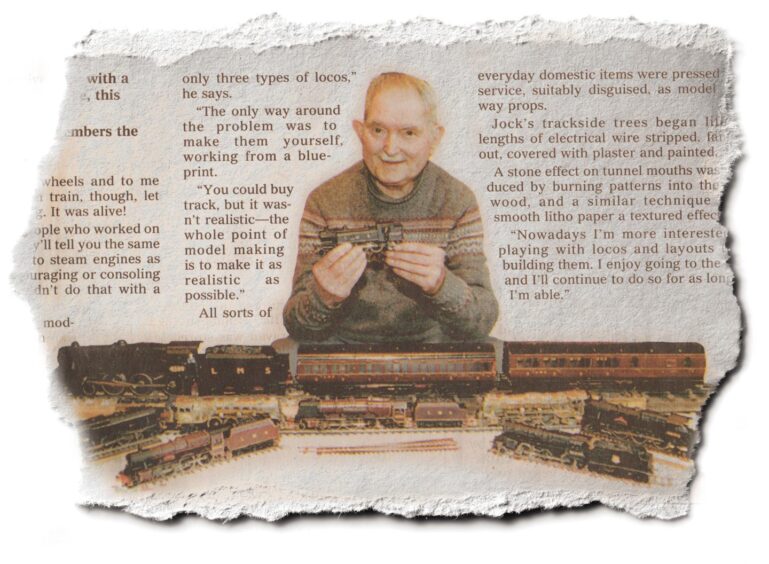
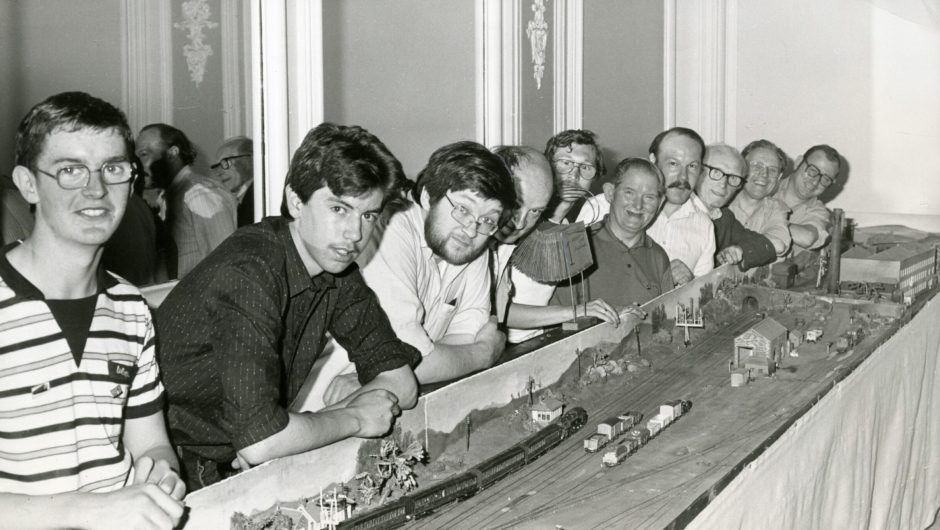
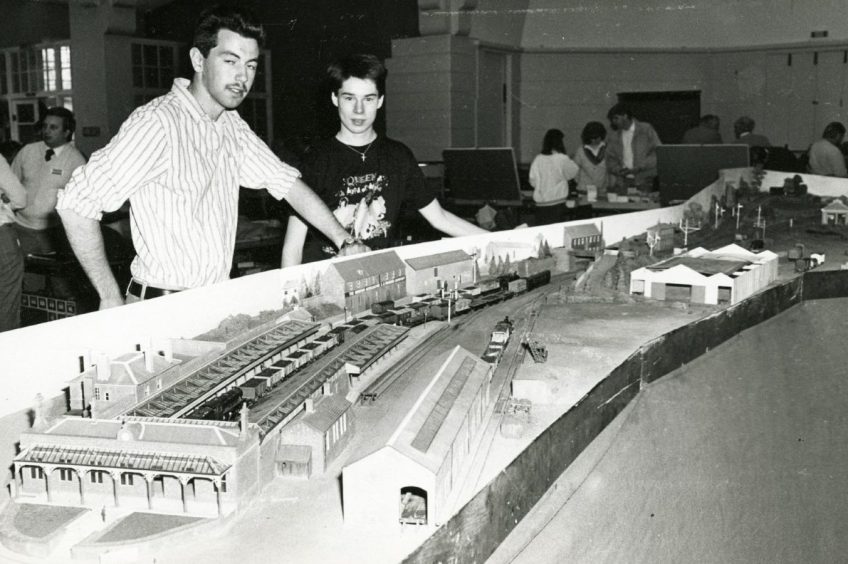
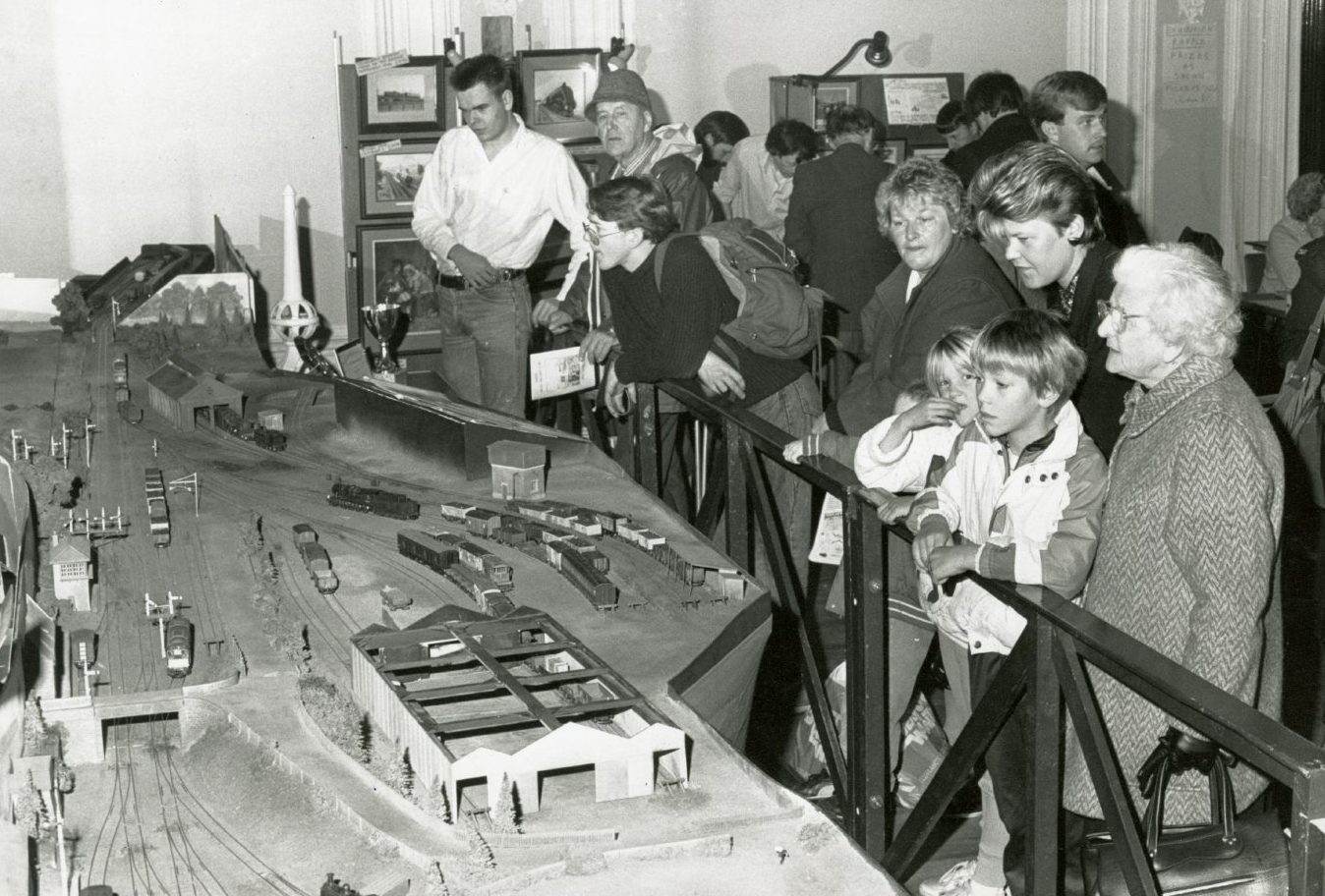
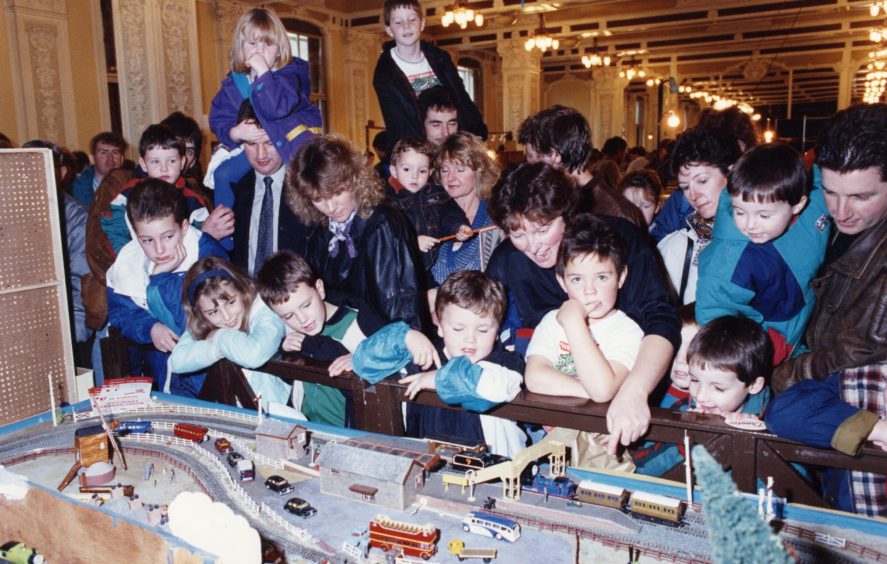
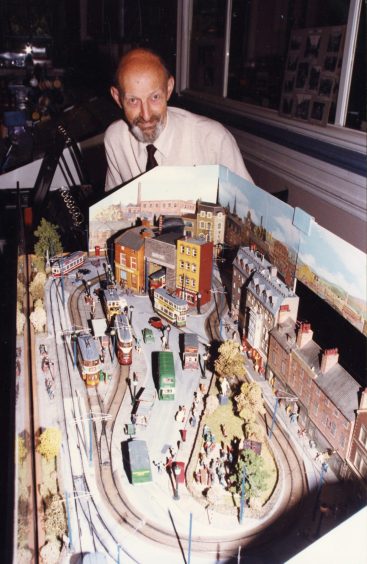
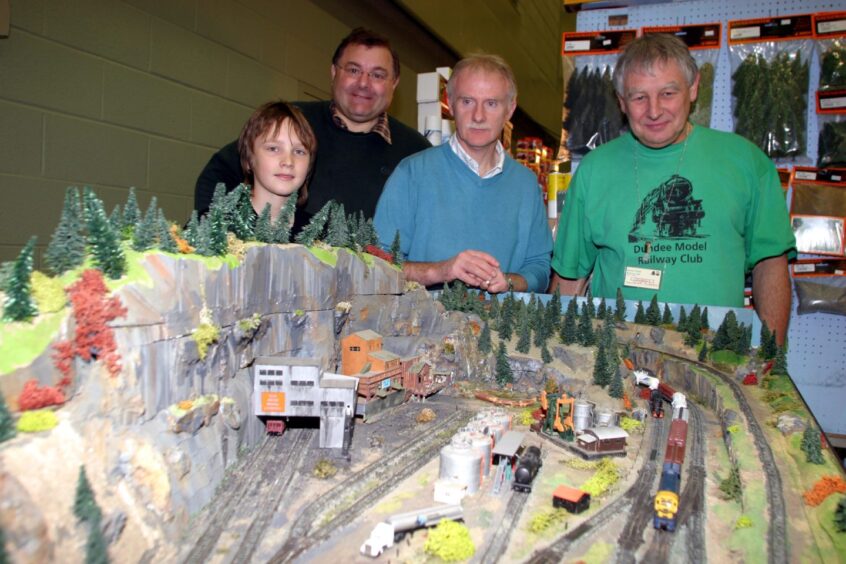
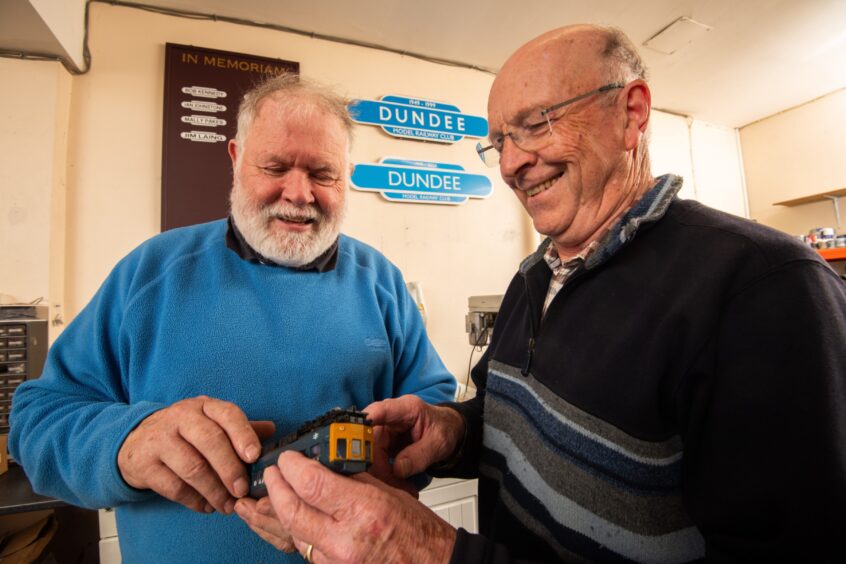
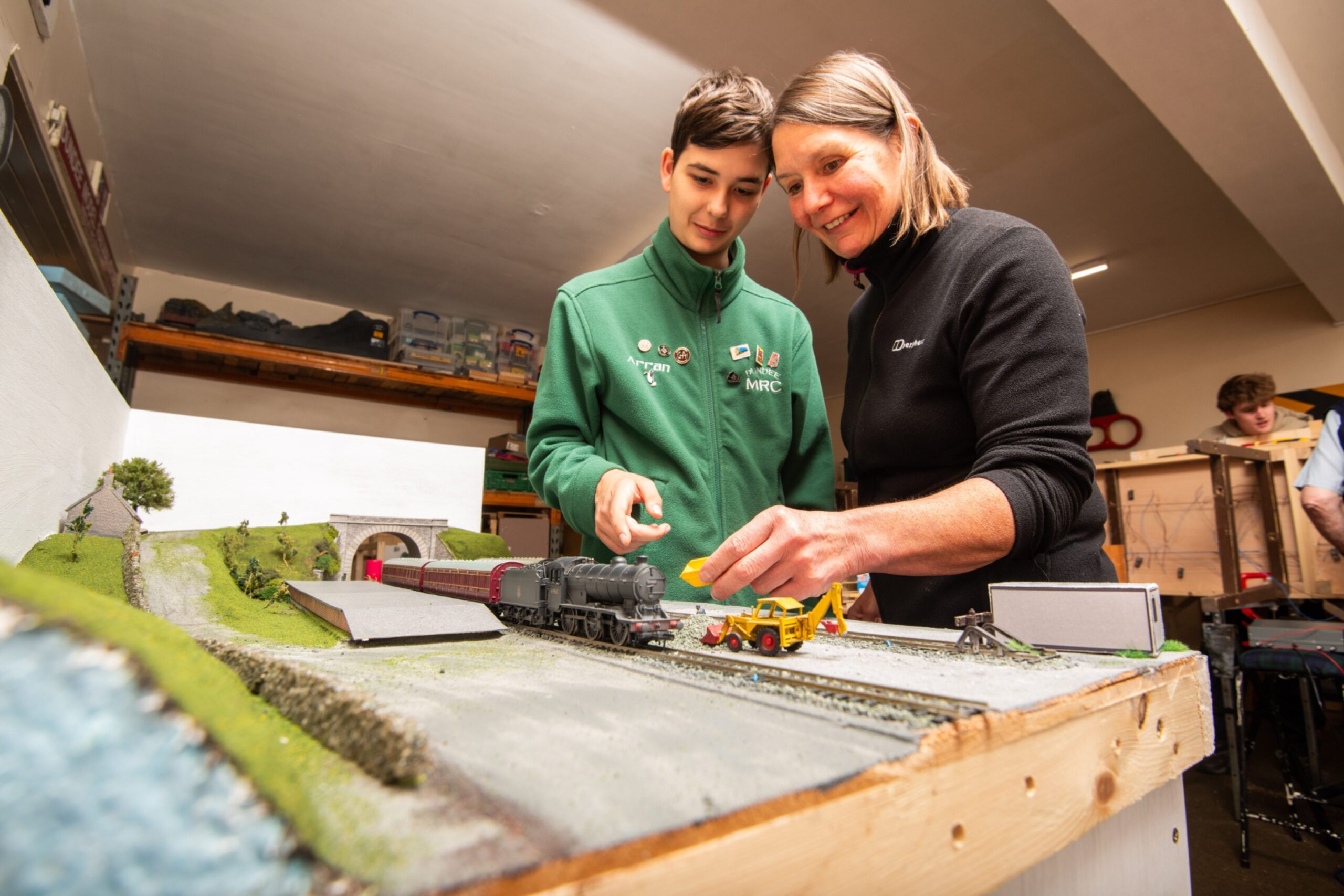
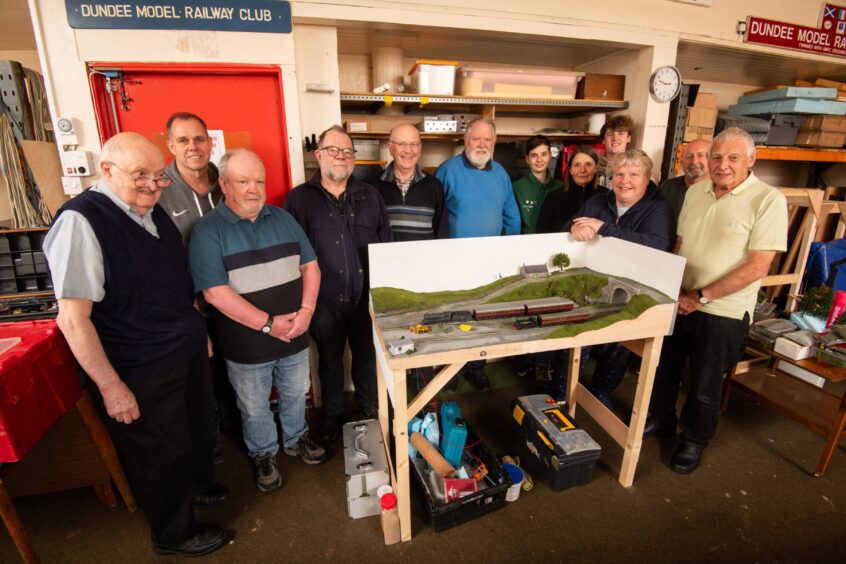
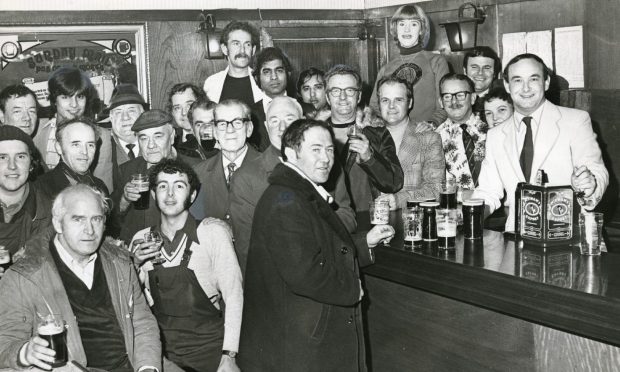
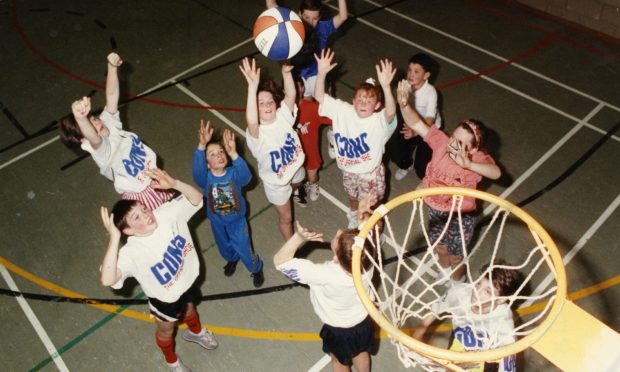
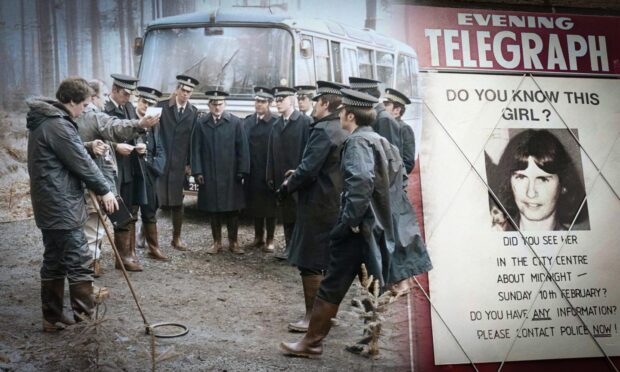
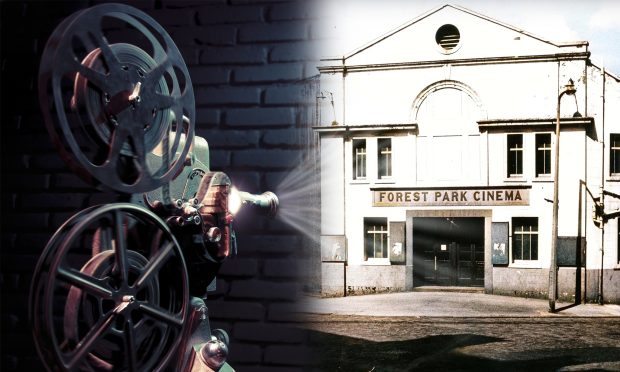
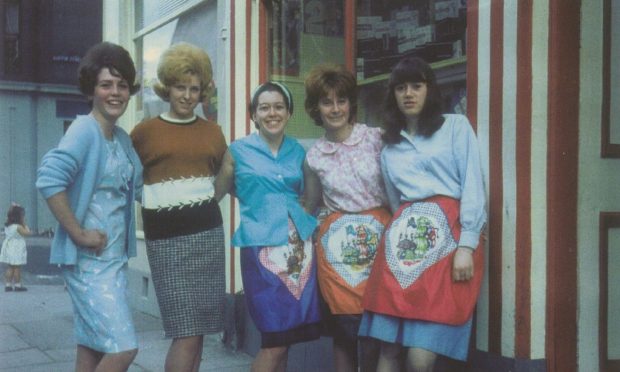
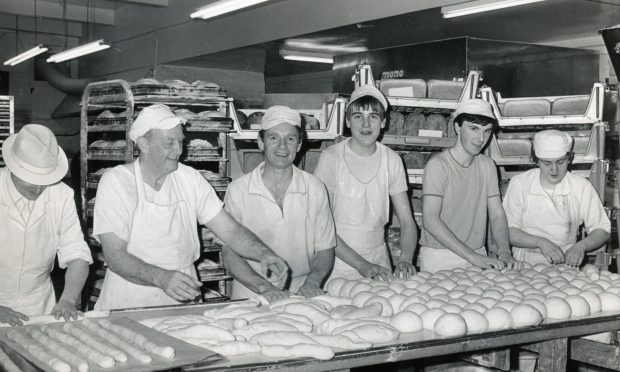
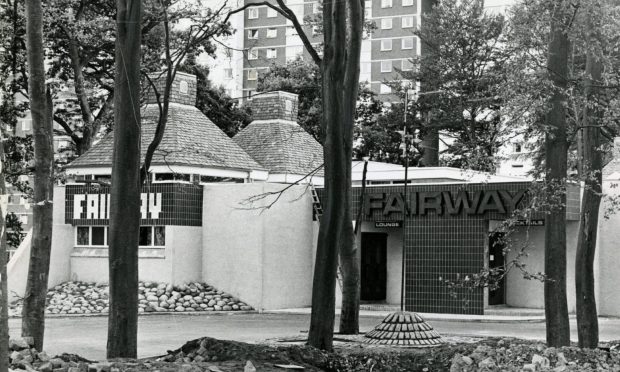
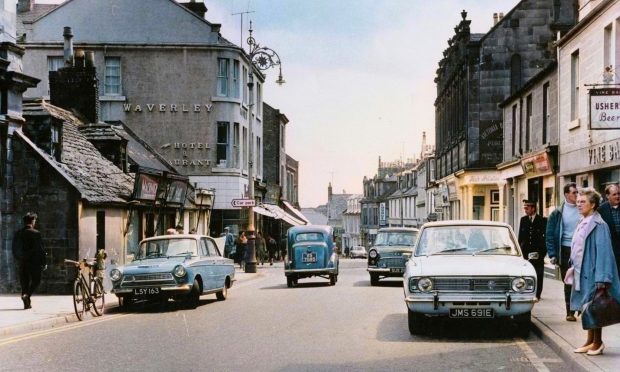
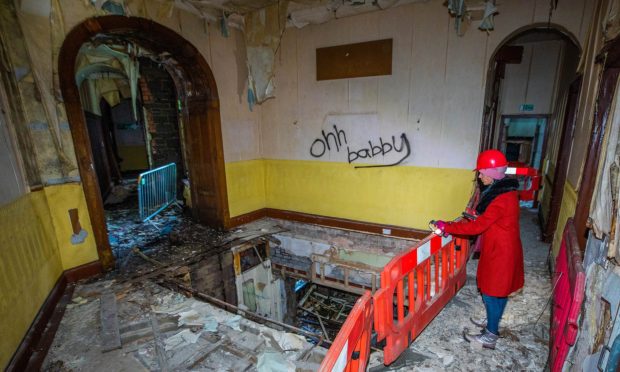
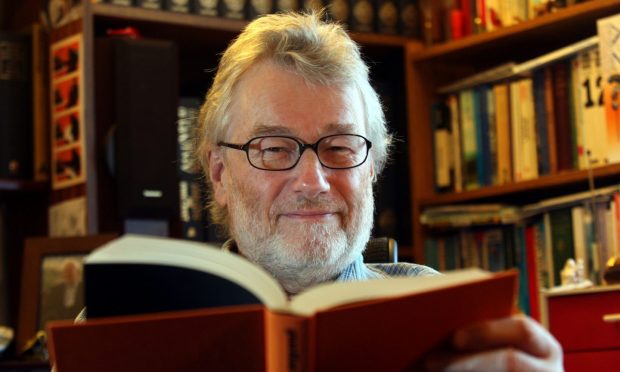
Conversation